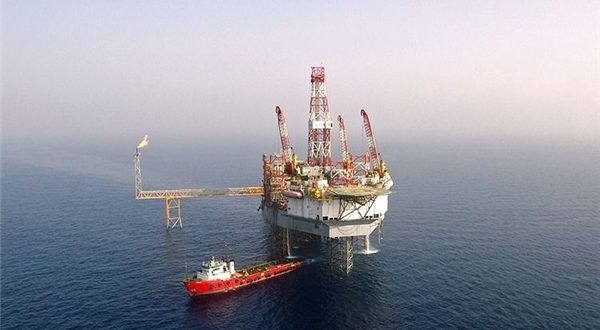The volume of natural gas stored in Iran’s storage facilities during the first half of the current Iranian calendar year (March 20-September 21) has increased considerably compared to the same period last year, Head of National Iranian Gas Transmission Company (NIGTC) said.
According to Mehdi Jamshidi Dana, gas storage in Sarajeh and Shourijeh facilities during the said period increased by seven percent and 48 percent, respectively, compared to the last year’s first six months, IRIB reported.
The volume of gas stored into the Sarajeh storage facility was 748 million cubic meters during the H1 of last year, while this year with an increase of eight percent the figure reached more than 810 million cubic meters, Jamshidi Dana said.
“Gas stored in Shourijeh storage facility was 938 million cubic meters last year, which increased by 48 percent this year and reached more than 1.385 billion cubic meters,” he added.
According to the official, this increase in storage will greatly contribute to the stability of the country’s gas supply during the cold season.
Iran has two major natural gas storage facilities in Sarajeh and Shourijeh, in which every year the National Iranian Gas Company (NIGC) stores the gas received from gas refineries all over the country to be used in the colder months of the year.
As the first natural gas storage facility in Iran and the West Asia, Sarajeh storage facility was officially inaugurated in January 2014 near Qom, 124km south of Tehran.
Back in November 2019, NIGC awarded the development project of Shourijeh gas storage facility in the northeastern Khorasan Razavi Province to an Iranian company based on a build-operate-transfer (BOT) contract.
As one of the world’s top gas producers, Iran is planning to expand its underground natural gas storage capacity to ensure that enough natural gas is available during peak demand periods to avoid electricity supply shortfalls in the future.
According to NIGC plans, the capacity of the two storage facilities, Sarajeh and Shourijeh, is planned to increase to over seven billion cubic meters in near future.

 Iran Energy News Oil, Gas, Petrochemical and Energy Field Specialized Channel
Iran Energy News Oil, Gas, Petrochemical and Energy Field Specialized Channel



